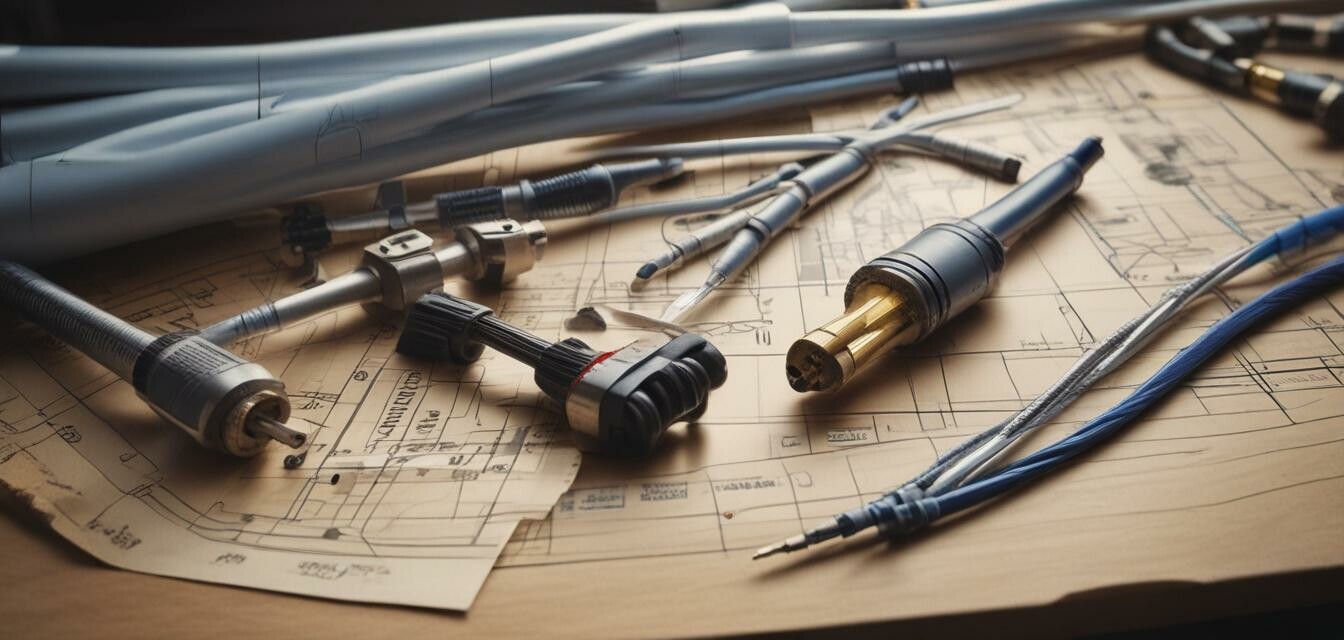
Understanding Conduit Installation: A Step-by-Step Guide
Key Takeaways
- Know the different types of conduits and their applications.
- Be aware of the tools and materials required for installation.
- Follow safety precautions during installations.
- Understand the steps involved in the conduit installation process.
- Avoid common installation pitfalls for a successful project.
Installing conduit can seem like a daunting task, especially for beginners. However, this guide will help simplify the process and provide you with the necessary steps, tools, and tips for a successful conduit installation. Whether you're a professional electrician or a DIY enthusiast, understanding the basics will ensure your project runs smoothly.
What is Conduit?
Conduit is a protective tubing used to house electrical wiring. It helps to safeguard electrical cables from damage and also prevents accidental electrical shocks. Different types of conduits are available, including PVC, EMT, and rigid metal conduits, each serving specific electrical and environmental needs.
Types of Conduits
| Type | Material | Common Uses |
|---|---|---|
| PVC Conduit | Plastic | Indoor and outdoor applications, especially in wet areas. |
| EMT (Electrical Metallic Tubing) | Metal | Indoor applications where corrosion is not an issue. |
| Rigid Metal Conduit | Steel or aluminum | Heavy-duty applications and environments requiring high protection. |
Tools and Materials Needed for Conduit Installation
- Conduit (choose appropriate type)
- Cutting tool (hacksaw or conduit cutter)
- Fish tape
- PVC primer and cement (for PVC conduits)
- Drill and drill bits
- Conduit fittings (elbows, connectors, etc.)
- Measuring tape
- Marker
- Safety gloves and goggles
Step-by-Step Guide to Conduit Installation
Step 1: Planning Your Layout
Before you begin, plan the pathway of your conduit. Make sure to measure the distance and mark where you will install fittings, switches, and outlets.
Step 2: Cutting the Conduit
Using your cutting tool, cut the conduit to the required lengths. Always wear safety goggles while cutting.
Step 3: Making Connections
For bends or turns, use appropriate fittings. If using PVC, apply primer and cement to secure connections.
Step 4: Securing the Conduit
Mount the conduit using straps or clamps at regular intervals. Ensure it's secure to avoid any sagging.
Step 5: Pulling Wires
Use fish tape to pull wires through the conduit. Start from the farthest point and pull towards the junction box.
Step 6: Finishing Up
Make all final connections to devices and secure everything properly. Double-check your work and ensure safety standards are met.
Common Pitfalls to Avoid
- Ignoring local building codes and regulations.
- Using incorrect fittings or connections.
- Failing to provide adequate support for the conduit.
- Not allowing enough space for wires to move freely.
- Forgetting safety precautions.
Conclusion
Successfully installing conduit involves careful planning and execution. With the right tools and knowledge, you can protect your electrical wiring and ensure the safety of your project. For more detailed information on conduit accessories, check out our Conduit Accessories Resource page. Don't forget to explore our Buying Guides for additional insights when purchasing materials.
Manram Conduit Carrier Kit 6 Inch Diameter
The conduit carrier kit is specifically designed to securely hold and transport 6-inch PVC pipes, ensuring durability and reliable performance.
Learn More